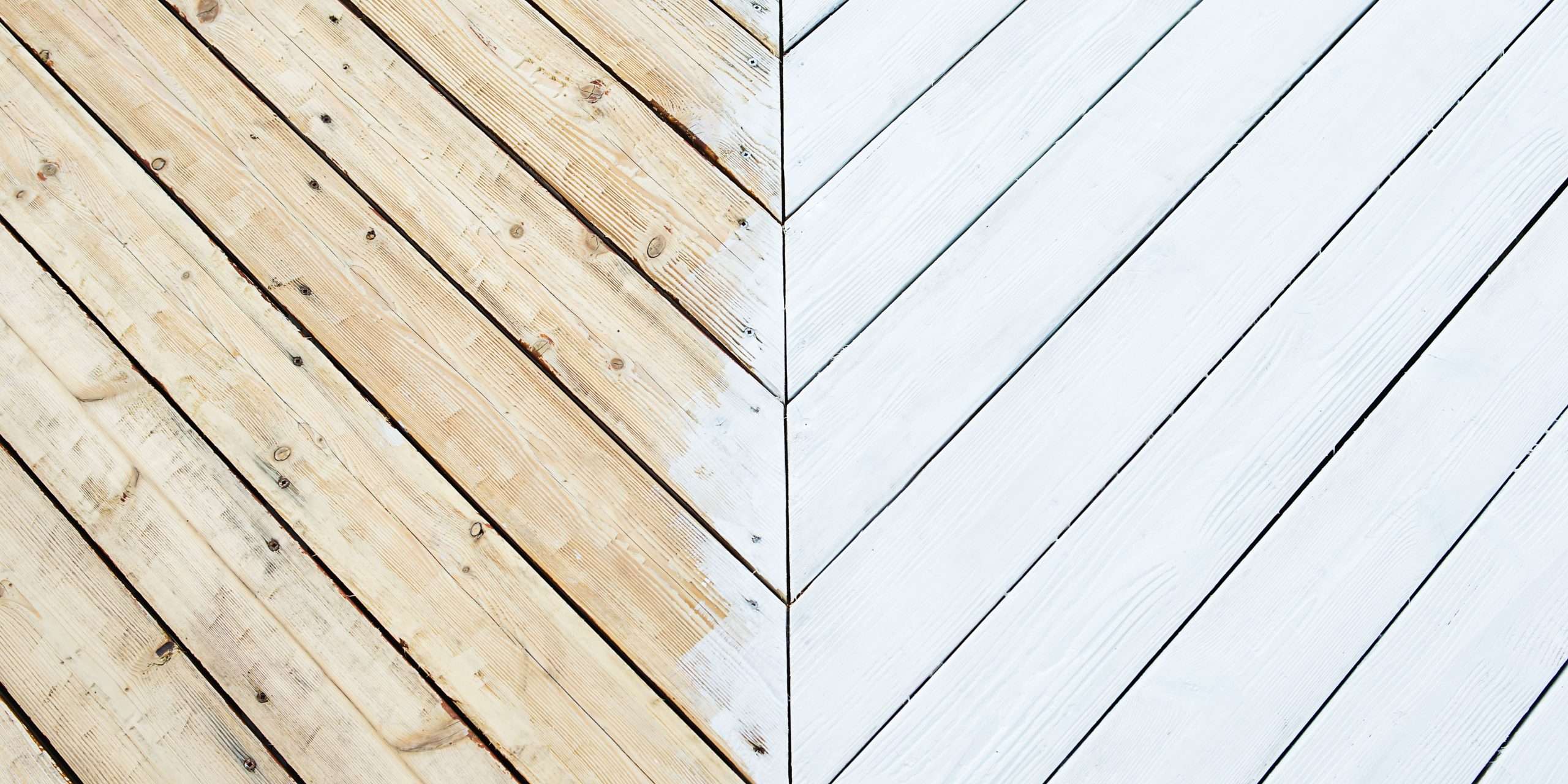As the weather warms up, it’s time to prepare your deck for the outdoor season ahead. Deck staining and sanding are essential maintenance tasks that not only enhance the appearance of your outdoor space but also protect the wood from weathering and prolong its lifespan. In this blog post, we will discuss the importance of deck staining and sanding and provide valuable tips to help you achieve a beautiful and durable deck.
Why Staining and Sanding Matters
Over time, your deck is exposed to harsh elements such as sunlight, rain, and temperature fluctuations. These factors can cause the wood to fade, become discolored, and develop cracks or splinters. Staining and sanding your deck help restore its natural beauty, protect it from UV damage, prevent rot and decay, and create a barrier against moisture infiltration.

Assessing the Condition of Your Deck
Before starting the staining and sanding process, assess the condition of your deck. Look for signs of rot, loose boards, or structural issues that may need to be addressed. Check for any protruding nails or screws and make sure they are properly secured. If significant damage is present, it’s important to address those issues before proceeding with staining and sanding.

Sanding for a Smooth Surface
Sanding is a crucial step in deck preparation as it removes surface imperfections, splinters, and any remnants of previous finishes. Start by using a coarse-grit sandpaper or a power sander to smooth out rough areas and level the wood surface. Then, switch to a finer-grit sandpaper to achieve a smoother finish. Be sure to sand in the direction of the wood grain to avoid damaging the surface.

Cleaning and Preparing the Deck
Once you’ve completed sanding, thoroughly clean the deck to remove dirt, debris, and any remaining sanding dust. Use a deck cleaner or a mixture of mild detergent and water, along with a stiff-bristle brush or a pressure washer to scrub the surface. Rinse the deck thoroughly and allow it to dry completely before moving on to the staining process.

Choosing the Right Stain
Selecting the appropriate deck stain is essential for achieving the desired aesthetic and long-lasting protection. There are various types of stains available, including transparent, semi-transparent, and solid color stains. Transparent stains allow the natural wood grain to show through, while solid stains provide a more opaque finish. Consider the level of UV protection, durability, and maintenance requirements when choosing a stain that suits your preferences.

Applying the Stain
Before applying the stain, carefully read and follow the manufacturer’s instructions. Use a brush, roller, or sprayer to evenly apply the stain, working in small sections. Pay attention to the edges, corners, and hard-to-reach areas. Wipe off any excess stain to prevent uneven drying or sticky surfaces. Allow the stain to dry completely before using the deck.

Deck staining and sanding are crucial steps to transform your outdoor space into a welcoming oasis. By investing time and effort into these maintenance tasks, you can protect your deck from the elements, enhance its appearance, and ensure its longevity. Remember to assess the condition of your deck, sand for a smooth surface, thoroughly clean and prepare the deck, choose the right stain, and apply it carefully. Enjoy the process of revitalizing your deck and relish in the beauty of your renewed outdoor living area.


